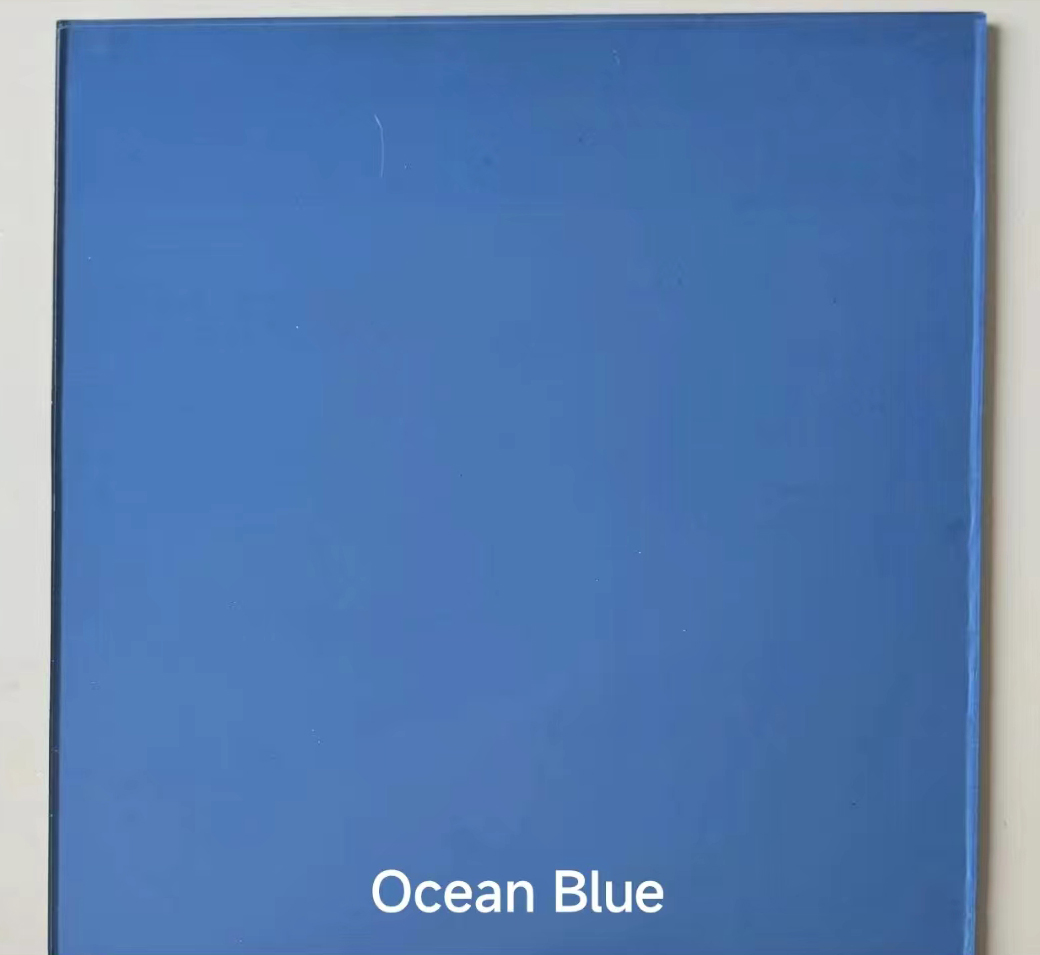

Reflective glass panels have transformed modern architecture and design, serving both aesthetic and functional purposes. These innovative materials, characterized by their polished surfaces and ability to mirror surroundings, offer a unique blend of style and practicality. As cities evolve, reflective glass has carved its niche, enhancing both residential and commercial buildings.
One of the most significant advantages of reflective glass panels is their ability to improve energy efficiency. By reflecting sunlight, they reduce heat absorption, which in turn lowers the demand for air conditioning during warmer months. This feature not only contributes to a building's sustainability but also significantly decreases energy costs. Architects are increasingly incorporating reflective glass into their designs as part of green building practices, aiming to reduce the carbon footprint of new constructions.
Aesthetically, reflective glass panels create a striking visual effect. Their shiny surfaces can change the appearance of a building throughout the day, reflecting the surrounding environment and creating dynamic, ever-shifting facades. This versatility allows for creative architectural expressions, whether in skyscrapers that dominate city skylines or in smaller residential homes that seek to blend with nature. The interplay of light and reflection can result in breathtaking designs that attract attention and admiration.

However, the use of reflective glass does come with challenges. One concern is glare, which can be particularly problematic in urban areas where sunlight reflects intensively off multiple buildings, impacting both pedestrians and drivers. To address this issue, manufacturers have developed various coatings and treatments that can mitigate glare without compromising the aesthetic appeal. Additionally, reflective glass must be carefully integrated into building designs to ensure that it complements rather than disrupts the surrounding environment.
Another consideration is privacy. While reflective glass can offer a degree of seclusion during the day, it may pose challenges at night when interior lights are on. In such cases, designers often incorporate shades or other materials that can be adjusted depending on the time of day.
In conclusion, reflective glass panels are an exciting development in the realm of architecture and design. With their ability to enhance energy efficiency, provide visual appeal, and adapt to modern design needs, they represent a growing trend towards sustainability and innovation in the built environment. As technology continues to evolve, it will be fascinating to see how reflective glass will further influence architectural practices and urban landscapes.